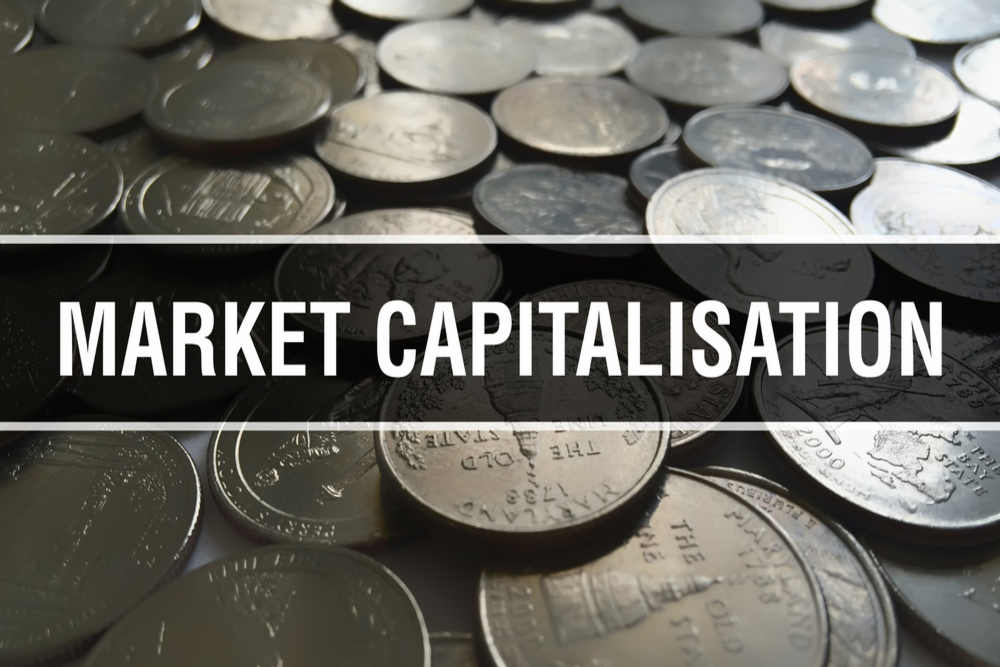Don't Just Pick Stocks Based On Market Cap
Market cap can be an indicator of how much investors are willing to pay for the company but not the sole parameter

Market capitalisation or market cap is a simple formula – it is how the value of a company is derived by multiplying the stock price by the number of stocks outstanding. The higher this number the ‘better’, as listed companies tend to start life as small-caps, then grow into mid-caps, and eventually become industry giants and market leaders – the large-caps. Eventually, they become bluechip companies – large companies, employing thousands of people, and the name of the company or the brand becomes a household name across the country.
How Difficult Can It Be To Pick a Large Cap Stock?
Market capitalisation usually becomes a yardstick to invest in equity. It also becomes an easy pick depending on what kind of category the companies belong to. The most preferred market caps are large and mid-cap i.e., Top 100 and Next 150 companies respectively.
As per Association of Mutual Funds in India (AMFI’s) data on average market capitalisation which got published in Dec 2017. As of 31, Dec 2017, AMFI had listed Top 100 companies as large-cap, Next 150 as mid-cap and close to 5,000 companies as small-cap at that time. Let us understand where these companies stand as of December 2020.
Table1:
|
Companies as on 31 Dec 2020 |
|||||
|
Companies as on 31 Dec 2017 |
Large Cap |
Mid Cap |
Small Cap |
Merged or Delisted |
Total |
|
Large Cap |
76 |
22 |
2 |
0 |
100 |
|
Mid Cap |
18 |
86 |
43 |
3 |
150 |
|
Small Cap |
30 |
4,451 |
516 |
4,997 |
|
Out of 100 large-caps in Dec 2017, 76 companies continue to remain large-caps. This reaffirms why large-cap companies are most preferred by investors as they represent stability.
We go one step further, out of 150 mid-cap companies; 18 companies progressed to become large caps, 86 continued to be mid-cap and the rest ended up as small-cap. In the case of small caps, it is natural for these companies to take time to grow where 30 out of 5,000 companies progressed to become mid-cap and 11 per cent of companies either got delisted or merged. This also validates an important point that you should have patience and give more time to your investments in mid-cap and small-cap companies.
In three years, there has been around 25 per cent churn in large and mid-cap companies and as the number of years increases the churn would also be higher.
There are different kinds of companies in each category of the market, and their market capitalisation is a function of demand for stocks of these companies and the growth potential. More the demand of buyers and better is the growth potential, higher goes the price and so do market cap; while their actual valuation may not necessarily justify such market price and market cap. The market cap of companies constantly keeps moving based on demand, growth prospects, investors’ confidence, and many different catalysts.
Market capitalisation can be an indicator of how much investors are willing to pay for the company but not the sole parameter. You also have to look at other parameters like the quality of the management, growth prospects of the company and industry, how they handle a crisis, how a company treats its minor shareholders, company's efficiency compared to its peers, etc. to invest in a company.
Stock market investing is not just about the size, it is also about quality and prospects. Not every company that becomes a large-cap or entering any market capitalisation category is always a buy. There is no doubt that within each market capitalisation category there are many companies that offer opportunities for investing and that is where you should invest after looking at all the aspects and not just the size.
The author is Co-Founder of MyWealthGrowth.com
DISCLAIMER: Views expressed are the authors own. Outlook Money does not necessarily subscribe to them. Outlook Money shall not be responsible for any damage caused to any person/organisation directly or indirectly.









